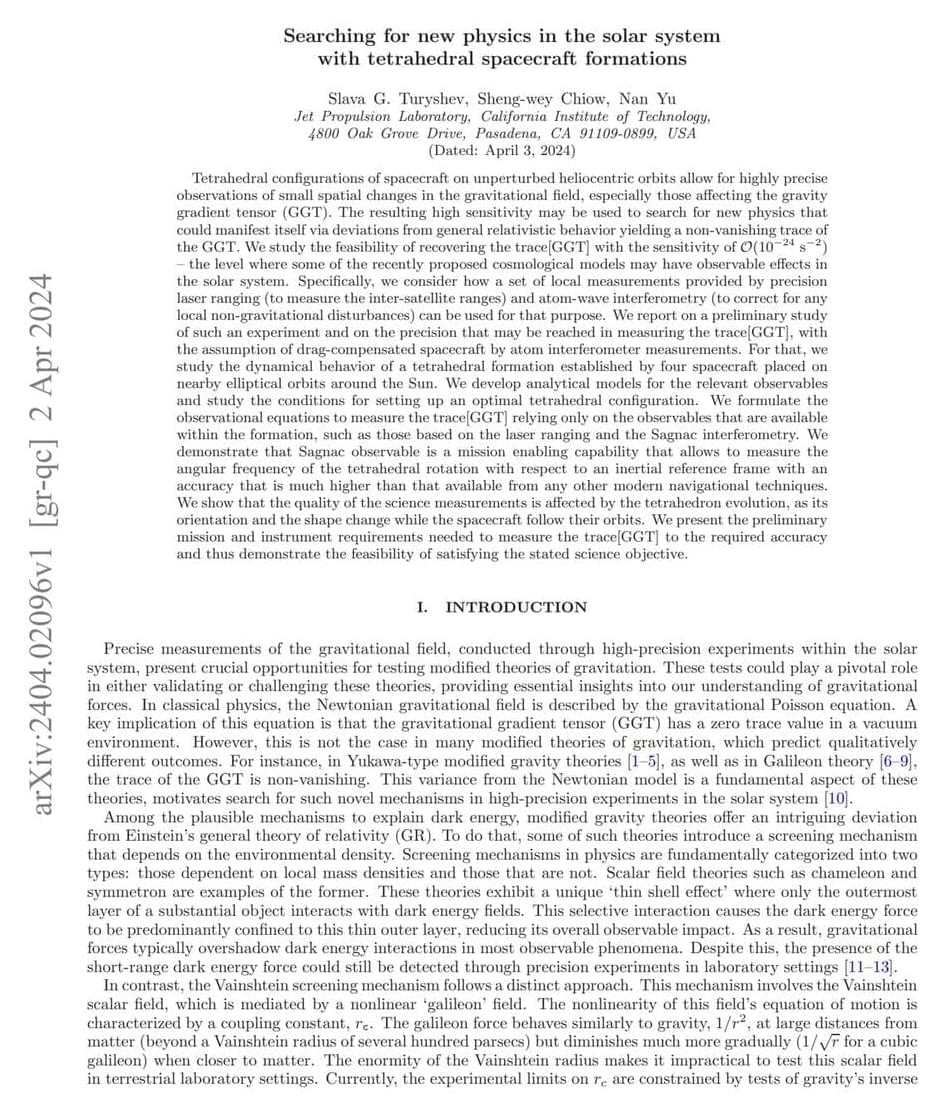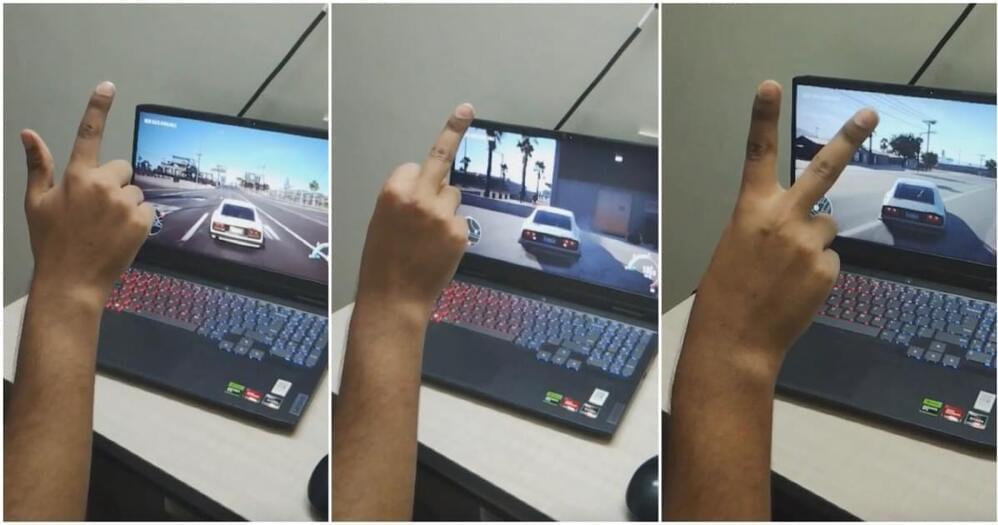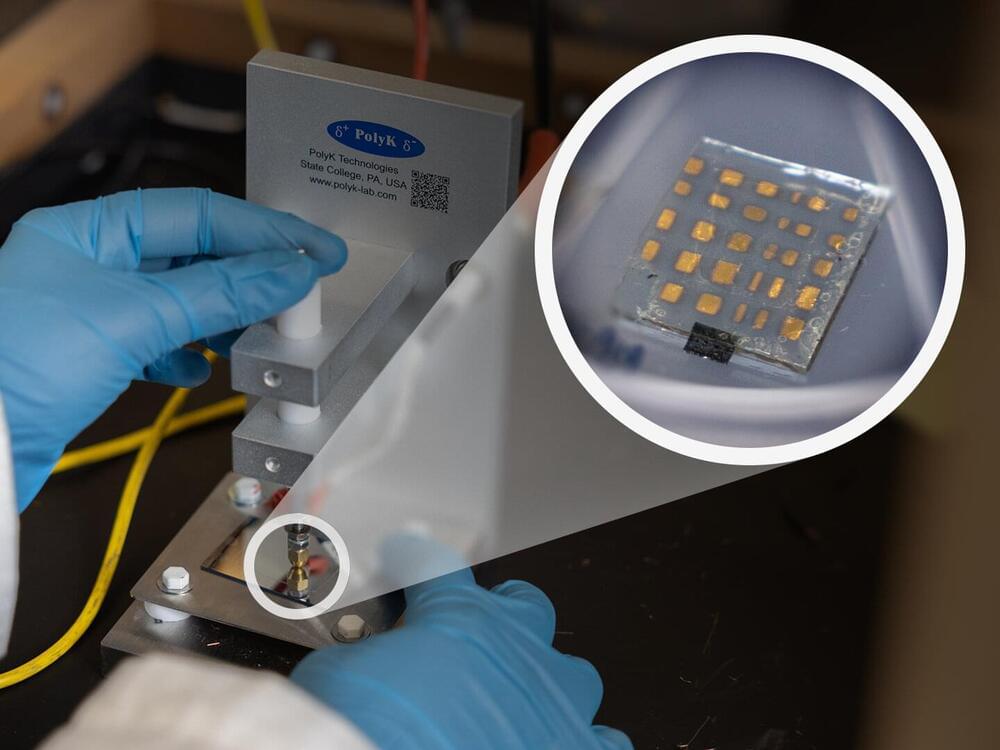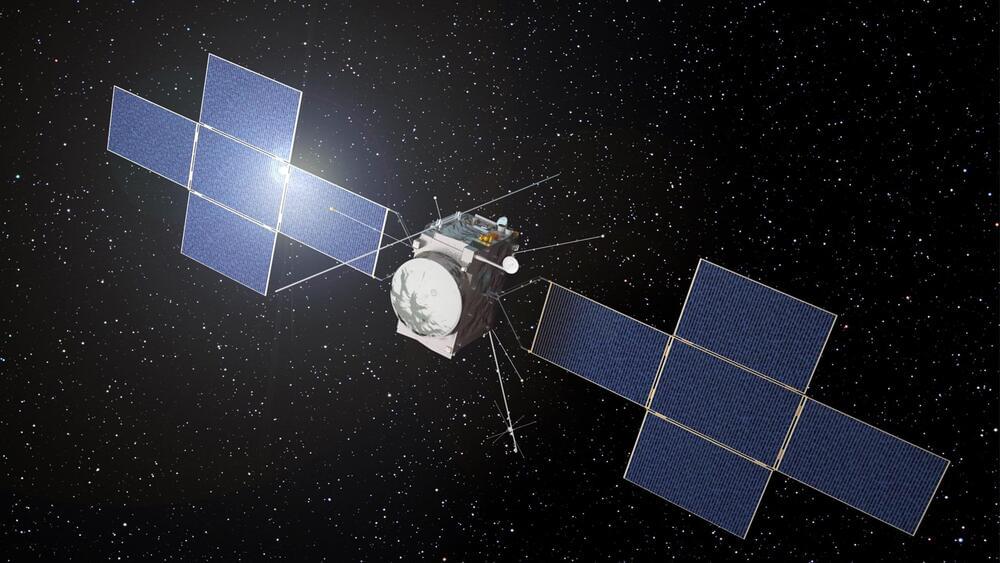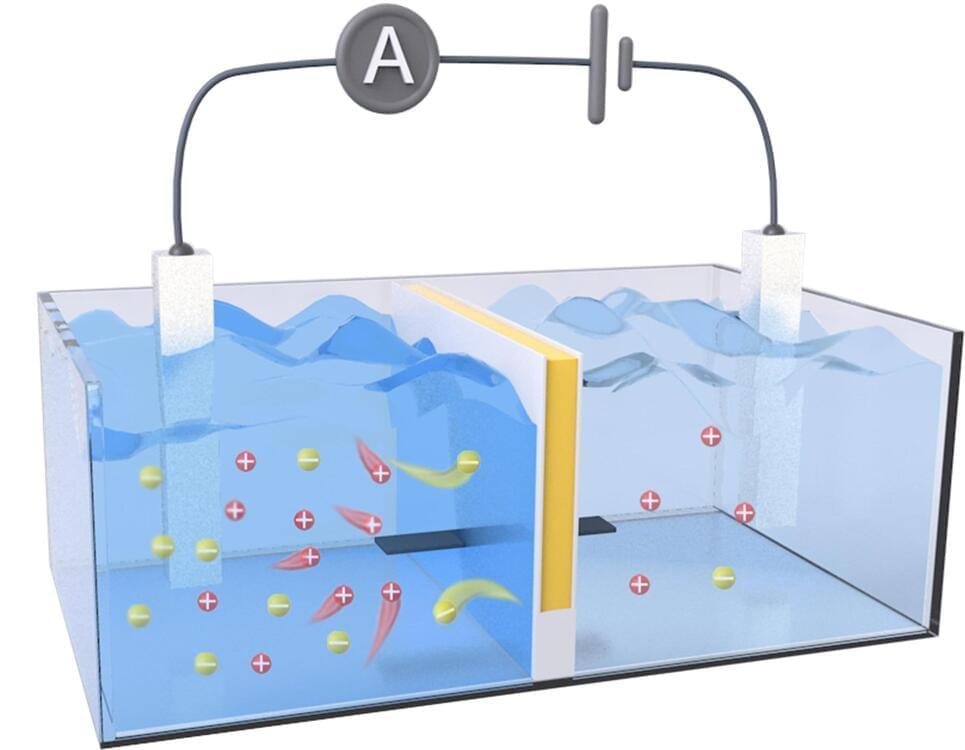Apr 25, 2024
Are we surrounded by dark energy? A spacecraft tetrad will look for it
Posted by Dan Breeden in categories: cosmology, open access, physics, space travel
Go to https://galaxylamps.co/sabine, use the code SABINE and get your Galaxy Projector 2.0 with 15% off!
Most astrophysicists believe that 95% of the universe is dark stuff — dark matter and dark energy. We can’t see, feel, or hear it, but it’s supposedly all around us. NASA scientists recently proposed a new experiment to test what is going on with the dark stuff in our vicinity. The want to use four small spacecraft flying around the solar system in a tetrahedron formation to look for variations from Einstein’s theory of gravity. Let’s have a look.
Continue reading “Are we surrounded by dark energy? A spacecraft tetrad will look for it” »

